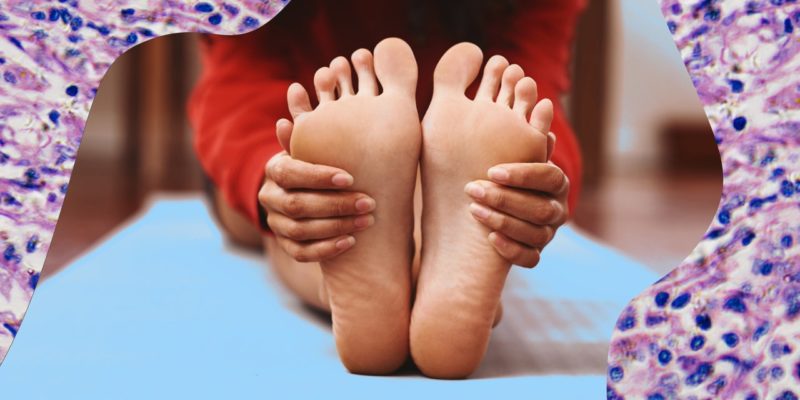
Hale reminds us that singer Bob Marley died from a melanoma that was found under his toenail but was not diagnosed until it was too late, because it was originally written off as trauma or a bruise from his years of playing soccer. “I often use this story as an example because it shows that anyone can get skin cancer, even if you have darker skin; if you don’t treat melanoma, it can be fatal; and you need to go in for a skin examination to have a dermatologist inspect those areas that you don’t check on yourself.”
What’s the link between ALM and people with darker skin tones?
It’s not necessarily accurate to say that ALM is more common in darker skin because melanoma, in general, is more common in fairer skin, according to New York-based board-certified dermatologist, skin cancer specialist, and founder of OptiSkin, Orit Markowitz. However, when melanoma is found in darker skin tones, the most common type is ALM. “ALM is the leading cause of melanoma in people with darker skin and Black people carry the burden of advanced cancer with poor prognosis for survival by the time it is diagnosed. Although the cause of acral lentiginous melanoma is unknown, it does not appear to stem from sun exposure,” explains Mitchell.
Hale theorizes that ALM is more common in darker skin because the palms of your hands and soles of your feet tend to have less melanin. “But this assumption doesn’t completely line up, because the bottoms of your hands and feet don’t get much sun exposure,” she says. “For this reason, ALM is most likely a combination of having less melanin in those areas as well as other unknown factors.”
“The problem is that because patients with darker skin aren’t necessarily used to visiting a dermatologist for an annual skin check, skin cancer [may not be] on their radar,” Hale continues. Lack of emphasis in examining darker skin tones can lead down a bad road, and consequently, a lot of times these patients don’t get their melanoma in front of the doctor until it is more advanced and dangerous.
Why should we check between our toes for skin cancer?
While melanoma can be caught early with proper monitoring, it can also be unpredictable: If you’re not armed with proper knowledge and performing regular skin checks, melanoma can sometimes be like that “friend” who wakes you up at 3 a.m. on a Tuesday night to go check out a new 24-hour nightclub: It knows no boundaries and has no regard for the plans you’ve made for your life. “There have been reports of melanoma between [the] toes, in [the] eyes, in [the] mouth, on [the] nails. In these occurrences, melanoma is very deadly when caught late and that is why it’s so important that your dermatologist does a very thorough exam — and I don’t mean a spin and twirl, they need to look at every inch of the body,” says Markowitz. Skin cancer can present itself anywhere on the body, and while self-examinations are great and highly encouraged, you should definitely get yourself checked by a board-certified dermatologist in those hard-to-reach areas like between the toes, behind the ears, and on the scalp — you know, the places you can’t see, anyway.





